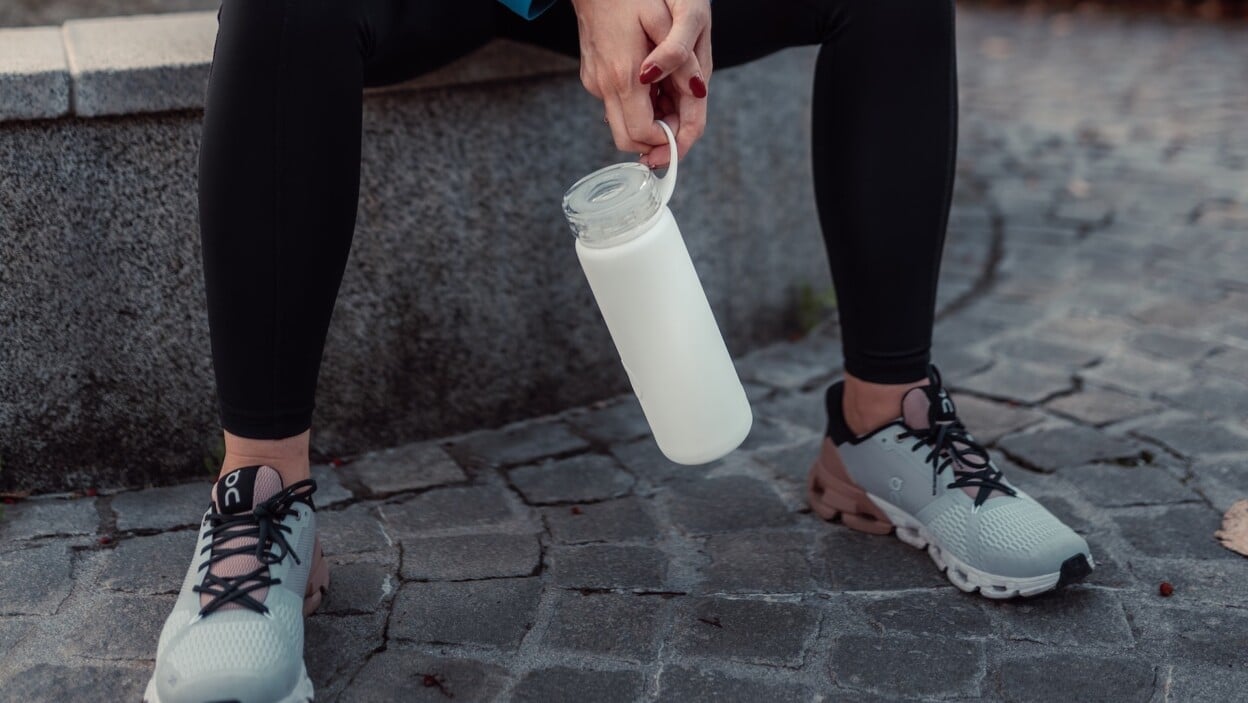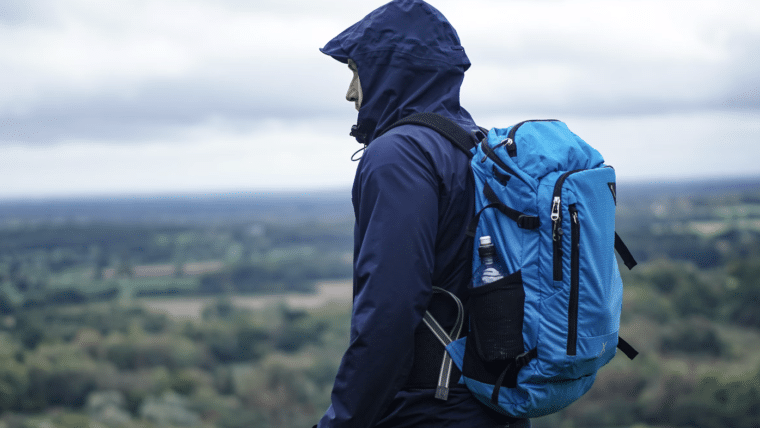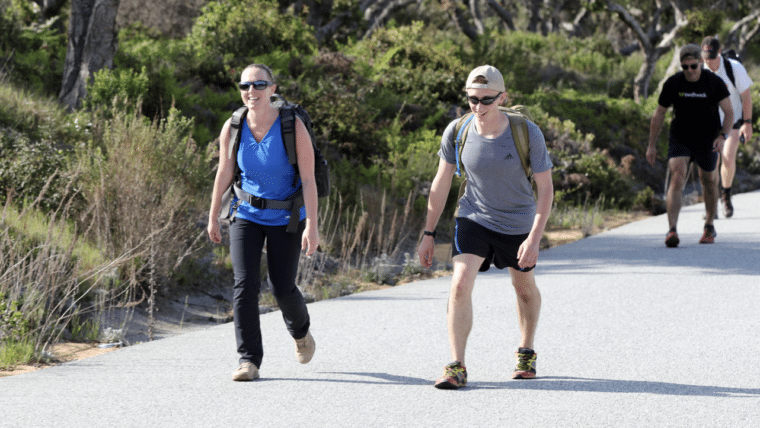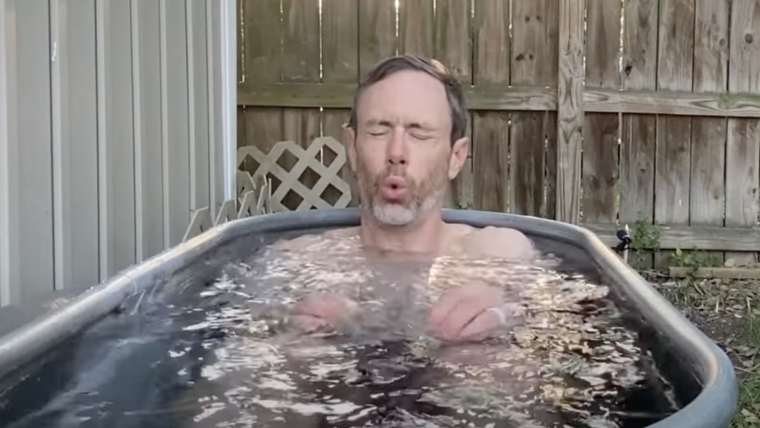Rucking is gaining popularity among fitness enthusiasts because of amazing cardiovascular benefits, full-body workout and numerous other benefits.
However, Rucking can also lead to dehydration and electrolyte imbalance if not done properly. Electrolyte replenishment is crucial for anyone who engages in rucking to prevent adverse effects and optimize their performance.
Electrolytes are minerals, such as sodium, potassium, magnesium, calcium and others, that carry an electric charge. They are responsible for a number of important functions in the body, including:
- Maintaining fluid balance: Electrolytes help regulate the balance of fluids in the body, which is important for hydration and recovery after physical activity.
- Muscle function: Electrolytes are involved in the contraction and relaxation of muscles, so replenishing them can help improve muscle function and reduce muscle fatigue.
- Nerve function: Electrolytes help transmit nerve impulses, so maintaining adequate levels can help improve overall nervous system function.
- Blood pressure regulation: Electrolytes play a role in regulating blood pressure, so replenishing them can help maintain healthy blood pressure levels.
When we sweat, we lose these minerals, leading to an electrolyte imbalance and dehydration. This can cause symptoms like muscle cramps, fatigue, dizziness, and headaches. Rucking can increase the risk of dehydration and electrolyte imbalance as it is an activity that can cause a significant amount of sweating.
To prevent these adverse effects, it’s important to replenish electrolytes before, during, and after rucking. This can be done by eating electrolyte-rich foods like bananas, oranges, potatoes, spinach, and yogurt or, as many people do, drinking electrolyte-rich beverages or by taking electrolyte supplements (we recommend LMNT, but more on that later).

Whether getting your electrolytes through food, drink, or supplements, it’s also essential to drink plenty of water to replace the fluids lost through sweating. The conventional wisdom is to take electrolyte supplements and drink water when thirsty.
Electrolyte replenishment can help optimize your performance during rucking by maintaining fluid balance in the body. This, in turn, can prevent muscle cramps, fatigue, dizziness, and headaches, allowing you to perform at your best. Additionally, it can speed up recovery time after a rucking session and prevent dehydration-related illnesses.
When it comes to electrolyte supplements, we have come to trust and use LMNT, which is a delicious electrolyte mix of sodium, potassium, and magnesium. Best of all, it has no sugar. Ryan recently used LMNT on an 63 Ultra Marathon and stayed cramp free the whole time (something new for him!).

Order through one of our links to get a FREE LMNT Sample Pack. We recommend getting the Variety Pack. That, with the free sample pack, will give the chance to try a LOT of different flavors and see how LMNT works for you.
Electrolyte replenishment is a crucial aspect of rucking that should not be overlooked. It helps to prevent dehydration and electrolyte imbalance, optimize performance, and speed up recovery time.
Make sure to listen to your body, drink water when thirsty, and take electrolyte supplements per their instructions before, during, and after rucking to maintain optimal hydration levels.







